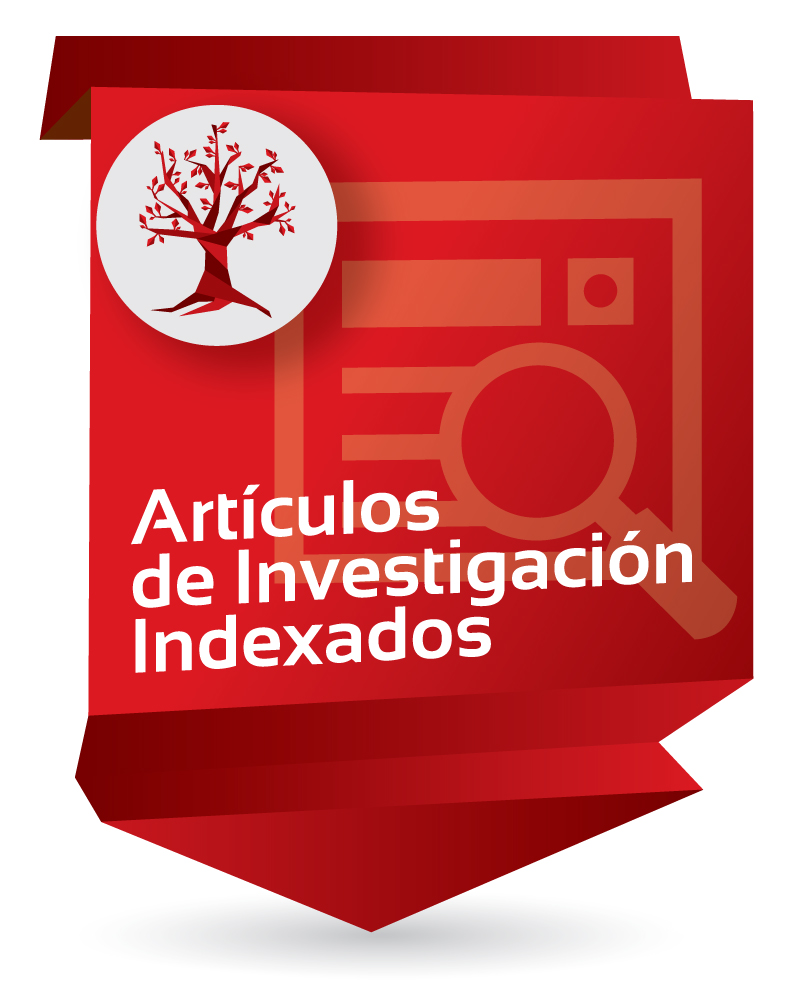Technological tools for the measurement of sensory characteristics in food: A review

Enlaces del Item
URI: http://hdl.handle.net/10818/62784Visitar enlace: https://www.scopus.com/inward/ ...
ISSN: 20461402
DOI: 10.12688/f1000research.131914.2
Compartir
Estadísticas
Ver Estadísticas de usoCatalogación bibliográfica
Mostrar el registro completo del ítemFecha
2024Resumen
The use of technological tools, in the food industry, has allowed a quick and reliable identification and measurement of the sensory characteristics of food matrices is of great importance, since they emulate the functioning of the five senses (smell, taste, sight, touch, and hearing). Therefore, industry and academia have been conducting research focused on developing and using these instruments which is evidenced in various studies that have been reported in the scientific literature. In this review, several of these technological tools are documented, such as the e-nose, e-tongue, colorimeter, artificial vision systems, and instruments that allow texture measurement (texture analyzer, electromyography, others). These allow us to carry out processes of analysis, review, and evaluation of food to determine essential characteristics such as quality, composition, maturity, authenticity, and origin. The determination of these characteristics allows the standardization of food matrices, achieving the improvement of existing foods and encouraging the development of new products that satisfy the sensory experiences of the consumer, driving growth in the food sector. However, the tools discussed have some limitations such as acquisition cost, calibration and maintenance cost, and in some cases, they are designed to work with a specific food matrix. Copyright: © 2024 Martinez-Velasco JD et al.
Ubicación
F1000Research Vol. 12
Colecciones a las que pertenece
- Facultad de Ingeniería [585]

















